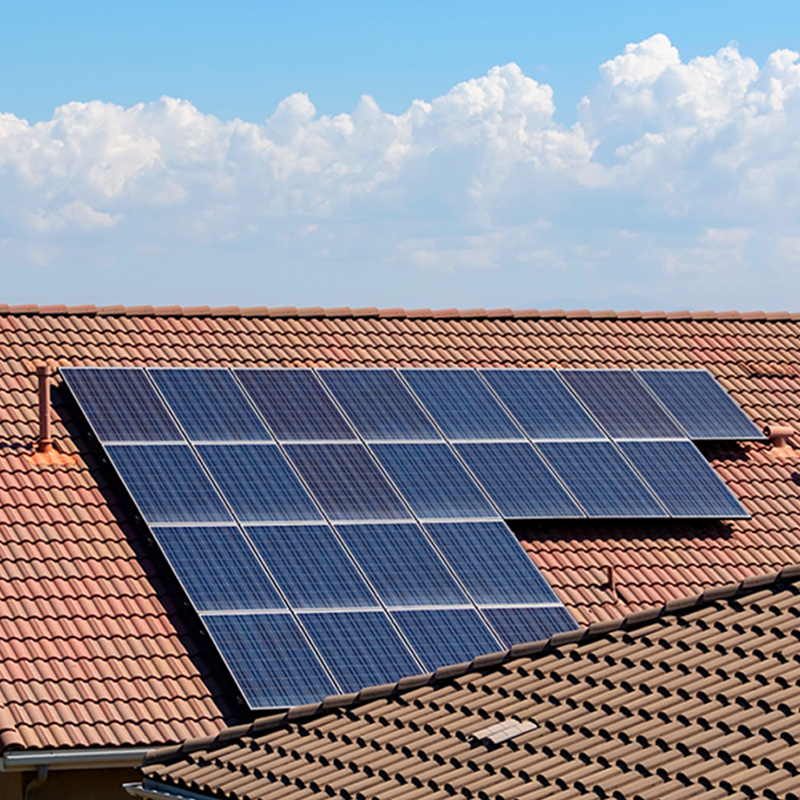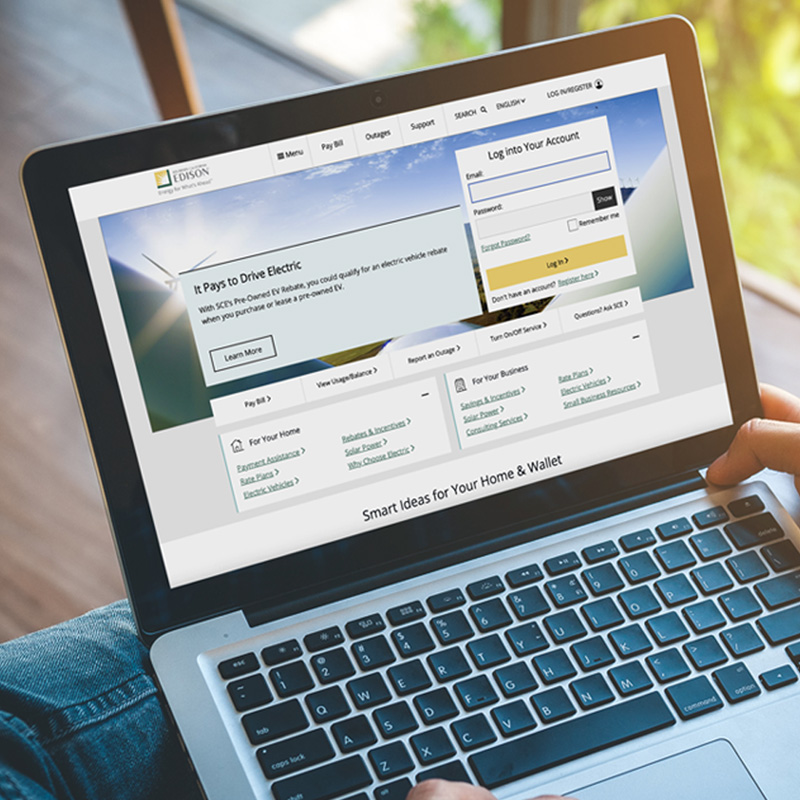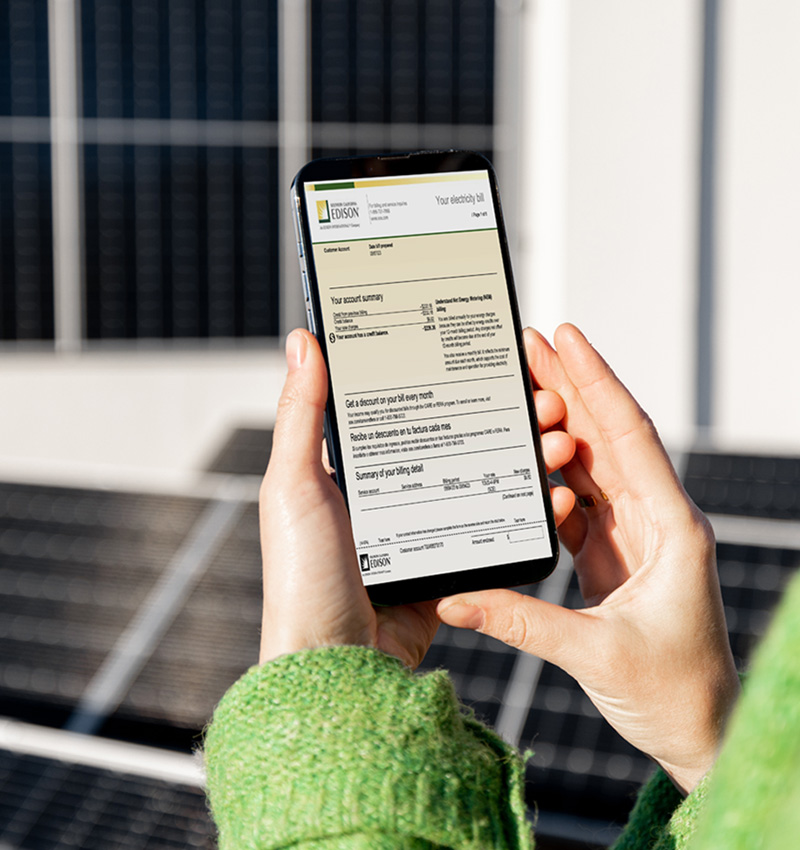For more information on power restoration, please visit Extreme Weather Restoration Updates.
How to Speak Solar
A Glossary of Terms for New Solar Billing Plan Customers
If you’re a new Solar Billing Plan (SBP) customer, or thinking of becoming one, you might notice some unfamiliar terms in your research, on your solar application, or on your new energy bill. To help you get acquainted with some of this vocabulary, we’ve compiled some common solar terms and quick definitions.




